What ’80s pop culture taught me about investing
As a lifelong pop culture aficionado, I have a tendency to connect my favorite media to whatever I’m currently doing. When I purchased a secondhand easy chair a few weeks ago, my husband and I spent a sweaty 30 minutes struggling to get it up the stairs. With the chair still wedged at an impossible angle, we paused to catch our breath and I said, “You’re gonna need a bigger boat.” Similarly, anytime I use up the last of the milk or take the last cookie from a package, my brain always bellows “FINISH HIM!” But the pop culture in my head is more than just a running commentary on mundane moments. My favorite entertainment has also been an excellent teacher. In particular, the pop culture of my childhood taught me a number of financial lessons that I’ve never forgotten—including instruction on how to be an investor. Here are the timeless investing lessons I learned from 1980s pop culture. Lemonade Stand: the risk of playing it safe While the majority of my fellow late Gen Xers have deep and visceral memories of dying of dysentery on the Oregon Trail, my early childhood gaming trauma stemmed from the lesser-known Apple II game Lemonade Stand. This simple game teaches the basics of business planning by simulating a child’s lemonade stand. The player receives a weather report for the day and has to decide what to spend on lemonade ingredients and advertising as well as determine the price for each glass of lemonade. As a frugal and business-minded 7-year-old, I invested heavily in lemons and sugar when the game predicted a hot summer day on my first turn. I also set a reasonable per-glass lemonade price, knowing that it was folly to overcharge my customers. Though it seemed unnecessary on such a beautiful, 8-bit sunny day, I also splurged on a single advertising poster. Once my preparations were complete, I leaned back in my chair, ready for profits to rain down on me. To my shock, I only had two customers all day. I didn’t even make back the money I spent on cups. Pop culture lesson: know where to invest To little Emily, it made sense to spend money on ingredients, since you can’t sell lemonade without them. But I balked at the expense of advertising, which seemed unnecessary compared to lemons and sugar. I couldn’t predict or measure advertising’s return on investment, so I assumed it was a waste of money. (Unfortunately, I continued to make this mistake into adulthood. When I first started freelancing, I only owned a desktop computer. Investing in a laptop seemed like an unnecessary expense with no potential upside for my fledgling writing career—except that I traveled at least once a month and had to move heaven and earth to either work ahead or find a computer at my destination every single time.) The shock of losing my Lemonade Stand money taught me that playing it safe can’t protect you from loss. There is a risk to investing—whether you’re investing in advertising, a new laptop, or in the stock market—but there’s also a risk to playing it safe. You could lose your business because no one knows about it, lose your time (and your mind) because you don’t have the equipment you need, or your uninvested money could lose buying power over time because of inflation. There is no such thing as a risk-free financial decision, and playing Lemonade Stand in second grade taught me that better than anything else. The Westing Game: invest independently Ellen Raskin may as well have written her 1978 Newbery Medal winning book The Westing Game specifically to appeal to me. The novel begins after Westing Paper Products tycoon Sam Westing is found dead. Westing’s lawyer invites his 16 heirs—who all happen to be the only tenants of the newly constructed Sunset Towers—to the reading of the will. Once there, the heirs are paired off and given $10,000 and an envelope of mysterious clues written on paper towel scraps. They are invited to figure out who has taken Sam Westing’s life, and the winner will receive his $200 million estate. As much as that set up is more than enough to get my attention, it was the character of Turtle Wexler that really established this book as one of the pop culture giants of my childhood. This 13-year-old budding entrepreneur and investing genius captured my heart by being smart, funny, and financially confident beyond her years. Turtle and her partner, a 60-year-old dressmaker named Flora Baumbach, receive the incomprehensible clues SEA, MOUNTAIN, AM, and O, which the teen girl believes to be stock symbols. Since Westing was known to be a business wizard, Turtle thinks the stocks indicated by the clues must be clear winners. The pair invests the $10,000 in the clue stocks and in Westing Paper Products (stock symbol WPP). The clue stocks don’t perform as well as Turtle had hoped. Her daily perusal of The Wall Street Journal indicates that the Westing Paper Products stock is likely to go up, so she dumps the clue stocks and puts all their mone

As a lifelong pop culture aficionado, I have a tendency to connect my favorite media to whatever I’m currently doing.
When I purchased a secondhand easy chair a few weeks ago, my husband and I spent a sweaty 30 minutes struggling to get it up the stairs. With the chair still wedged at an impossible angle, we paused to catch our breath and I said, “You’re gonna need a bigger boat.”
Similarly, anytime I use up the last of the milk or take the last cookie from a package, my brain always bellows “FINISH HIM!”
But the pop culture in my head is more than just a running commentary on mundane moments. My favorite entertainment has also been an excellent teacher. In particular, the pop culture of my childhood taught me a number of financial lessons that I’ve never forgotten—including instruction on how to be an investor.
Here are the timeless investing lessons I learned from 1980s pop culture.
Lemonade Stand: the risk of playing it safe
While the majority of my fellow late Gen Xers have deep and visceral memories of dying of dysentery on the Oregon Trail, my early childhood gaming trauma stemmed from the lesser-known Apple II game Lemonade Stand.
This simple game teaches the basics of business planning by simulating a child’s lemonade stand. The player receives a weather report for the day and has to decide what to spend on lemonade ingredients and advertising as well as determine the price for each glass of lemonade.
As a frugal and business-minded 7-year-old, I invested heavily in lemons and sugar when the game predicted a hot summer day on my first turn. I also set a reasonable per-glass lemonade price, knowing that it was folly to overcharge my customers. Though it seemed unnecessary on such a beautiful, 8-bit sunny day, I also splurged on a single advertising poster. Once my preparations were complete, I leaned back in my chair, ready for profits to rain down on me.
To my shock, I only had two customers all day. I didn’t even make back the money I spent on cups.
Pop culture lesson: know where to invest
To little Emily, it made sense to spend money on ingredients, since you can’t sell lemonade without them. But I balked at the expense of advertising, which seemed unnecessary compared to lemons and sugar. I couldn’t predict or measure advertising’s return on investment, so I assumed it was a waste of money.
(Unfortunately, I continued to make this mistake into adulthood. When I first started freelancing, I only owned a desktop computer. Investing in a laptop seemed like an unnecessary expense with no potential upside for my fledgling writing career—except that I traveled at least once a month and had to move heaven and earth to either work ahead or find a computer at my destination every single time.)
The shock of losing my Lemonade Stand money taught me that playing it safe can’t protect you from loss. There is a risk to investing—whether you’re investing in advertising, a new laptop, or in the stock market—but there’s also a risk to playing it safe. You could lose your business because no one knows about it, lose your time (and your mind) because you don’t have the equipment you need, or your uninvested money could lose buying power over time because of inflation.
There is no such thing as a risk-free financial decision, and playing Lemonade Stand in second grade taught me that better than anything else.
The Westing Game: invest independently
Ellen Raskin may as well have written her 1978 Newbery Medal winning book The Westing Game specifically to appeal to me.
The novel begins after Westing Paper Products tycoon Sam Westing is found dead. Westing’s lawyer invites his 16 heirs—who all happen to be the only tenants of the newly constructed Sunset Towers—to the reading of the will. Once there, the heirs are paired off and given $10,000 and an envelope of mysterious clues written on paper towel scraps. They are invited to figure out who has taken Sam Westing’s life, and the winner will receive his $200 million estate.
As much as that set up is more than enough to get my attention, it was the character of Turtle Wexler that really established this book as one of the pop culture giants of my childhood. This 13-year-old budding entrepreneur and investing genius captured my heart by being smart, funny, and financially confident beyond her years.
Turtle and her partner, a 60-year-old dressmaker named Flora Baumbach, receive the incomprehensible clues SEA, MOUNTAIN, AM, and O, which the teen girl believes to be stock symbols. Since Westing was known to be a business wizard, Turtle thinks the stocks indicated by the clues must be clear winners. The pair invests the $10,000 in the clue stocks and in Westing Paper Products (stock symbol WPP).
The clue stocks don’t perform as well as Turtle had hoped. Her daily perusal of The Wall Street Journal indicates that the Westing Paper Products stock is likely to go up, so she dumps the clue stocks and puts all their money in WPP. By the end of the game several weeks later, Turtle and Flora’s $10,000 stake has grown to $11,587.50.
Pop culture lesson: lean into your knowledge
Turtle taught me the importance of investing based on my own knowledge, expertise, and instincts, rather than following someone else’s lead. She starts her investing journey with the knowledge that Westing was a remarkably astute investor. She assumes the clue stocks must have been handpicked by Westing. But when the clue stocks don’t do well, she pulls her money from them and invests in something she has direct understanding of, rather than doubling down on her assumption that Westing must have known better. She changes her investing tactics once she has new information.
Turtle also shrugs off Flora repeatedly asking if she is sure about her investing choices. She doesn’t let the concerns of her 60-year-old partner sway her, because she knows Flora doesn’t understand the stock market as well as she does, even though she is much older.
All together, Turtle’s example made it clear to me that successful investing requires knowledge and a willingness to trust yourself. It’s helped me avoid following the crowd into decisions that don’t fit my investing strategies.
Trading Places: anatomy of an investing scheme
I loved the 1983 film Trading Places for Eddie Murphy’s brilliant comedic timing, but I was even more fascinated by the movie’s portrayal of revenge via short sale. It took me several rewatches to fully understand how the investing scheme resulted in financial doom for the film’s villains, the Duke brothers.
To exact their retribution, Murphy’s character Valentine and Dan Aykroyd’s Winthorpe show up to the New York Commodities Exchange ready to trade. Their goal: sell as many orange juice concentrate futures as they can before the U.S. Department of Agriculture report on the nation’s orange crop. Meanwhile, the Dukes are buying as many OJ concentrate futures as they can before the report, essentially trying to corner the market.
Between the heroes feverishly selling and the Dukes feverishly buying, OJ future prices skyrocket until the moment trading pauses for the crop report—which reveals the orange harvest will be strong.
In the aftermath of the announcement, the Dukes are stuck with all the futures they purchased at inflated prices. To fulfill the margin call, they must pay $394 million. At the same time, Valentine and Winthorpe busily purchase futures from everyone but the Dukes at a greatly reduced price. This allows them to fulfill the orders they sold before the report dropped—and make a ridonculous profit.
This scene fascinated me as a kid, but it also confused me. I knew that successful investing was about buying low and selling high. But I couldn’t understand how the characters could sell high then buy low. How could you sell something before you bought it?
Pop culture lesson: stock sales aren’t always linear
After many years of catching the movie on TBS reruns, I finally grasped that stock and commodities sales don’t have to follow a linear progression of cause then effect. It’s possible to buy low after selling high, provided you plan your investment strategy carefully.
That’s because you don’t have to own something you sell. You can borrow a stock (or an OJ future, for that matter) for a fee. As long as you return it or an identical asset before the margin call, you can sell the borrowed asset even though you don’t own it.
This is what Valentine and Winthorpe did to ruin the Dukes. They took their pooled money to pay the borrow fees of the futures, sold those futures at inflated prices before the crop report, then bought back the futures at the rock-bottom price afterwards so they could return the borrowed assets.
While short sales like the one in Trading Places are unlikely to ever be part of my own investment strategy, understanding the fluid nature of ownership in stock and commodities trading has made me a better investor. It broke me out of the rigid cause-and-effect thinking that limited my investing creativity.
Learning through story
Despite being a lifelong money nerd, stories are my first love. So it’s no wonder the most enduring lessons I learned about finance come from the pop culture I loved as a child.
Playing Lemonade Stand in my elementary school computer lab disrupted the story I’d told myself that it was possible to make a profit without risking an investment. Reading The Westing Game gave me the story of a confident financial heroine to remember when I’m tempted to follow the crowd. And Trading Places folded a satisfying revenge story into a creative investing scheme, which helped me feel smart and savvy when I finally wrapped my head around the details.


















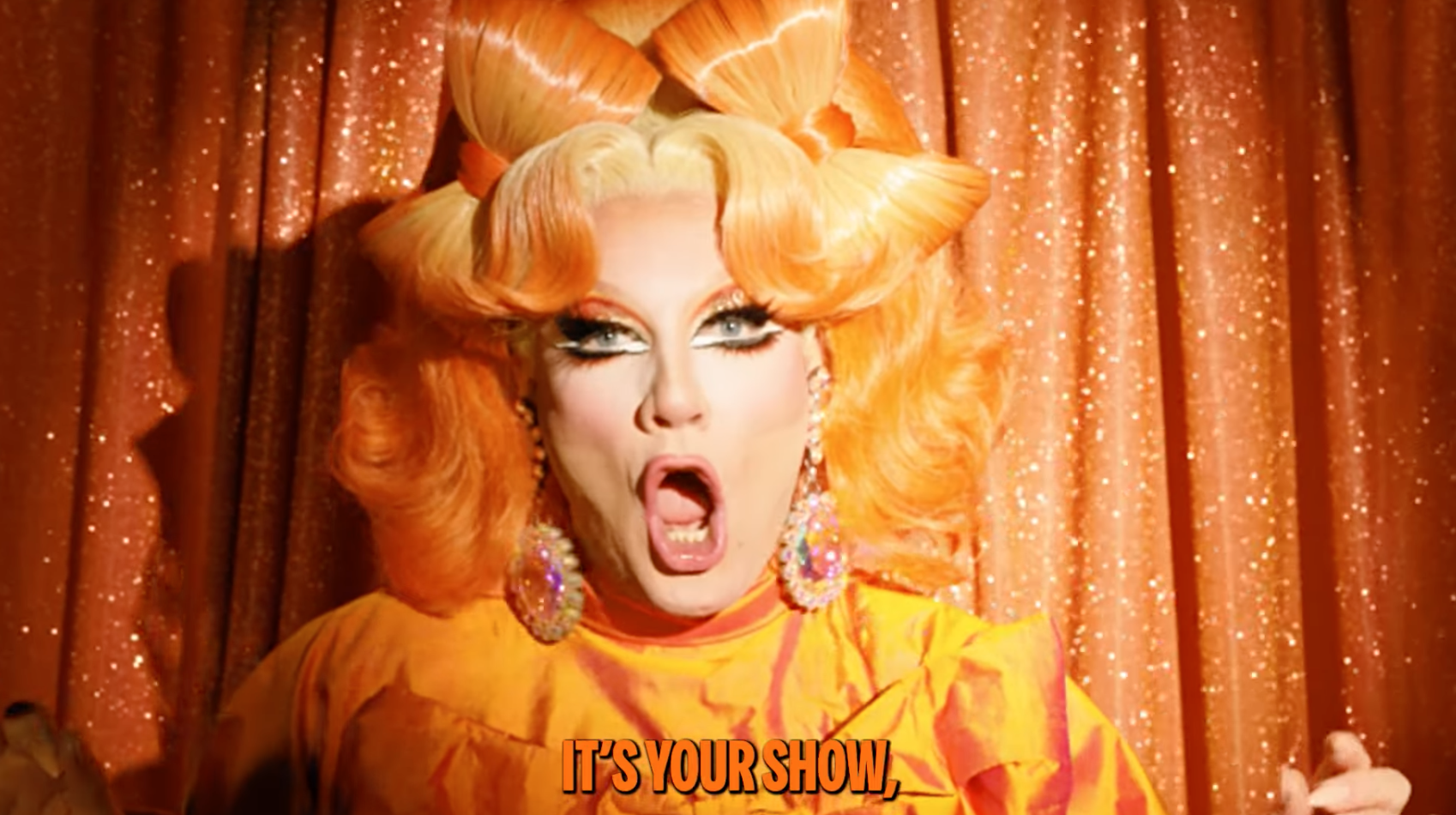























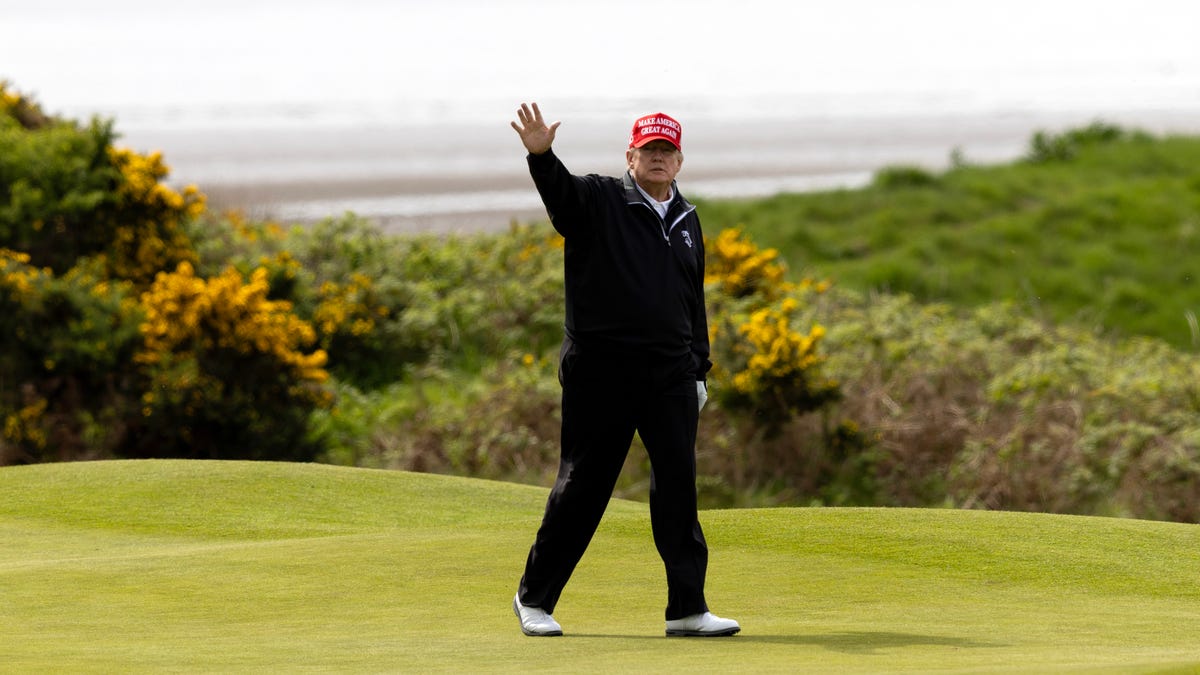

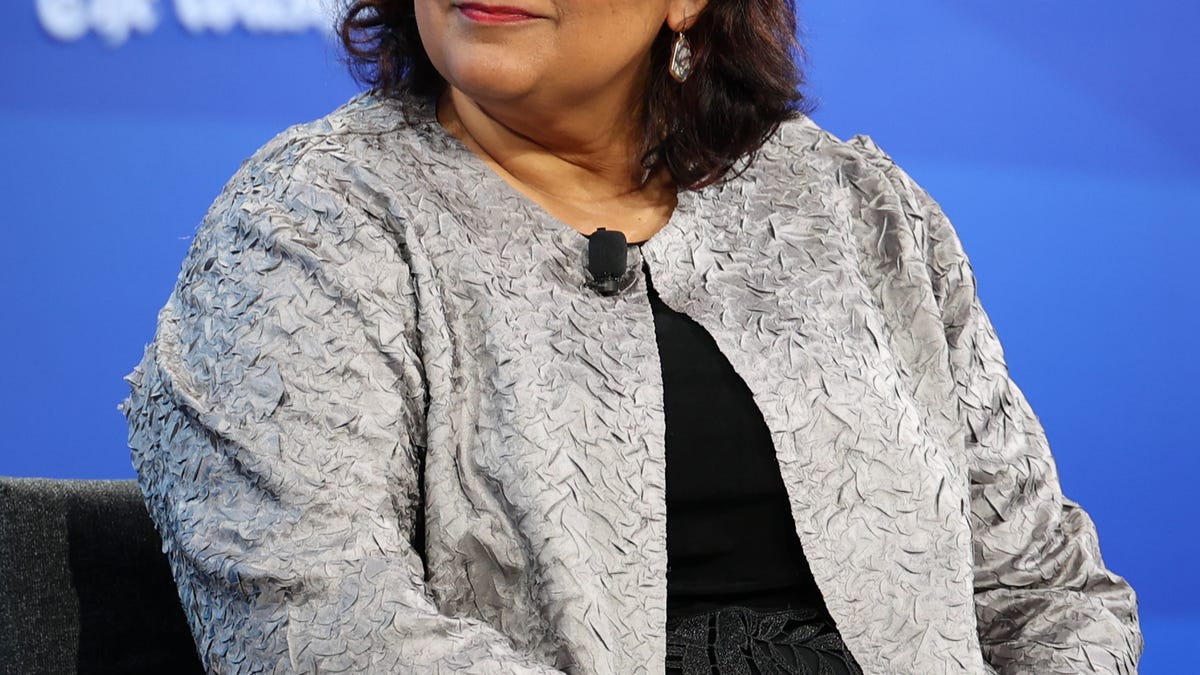





![[Weekly funding roundup May 10-16] Large deals remain a no-show](https://images.yourstory.com/cs/2/220356402d6d11e9aa979329348d4c3e/Weekly-funding-1741961216560.jpg)









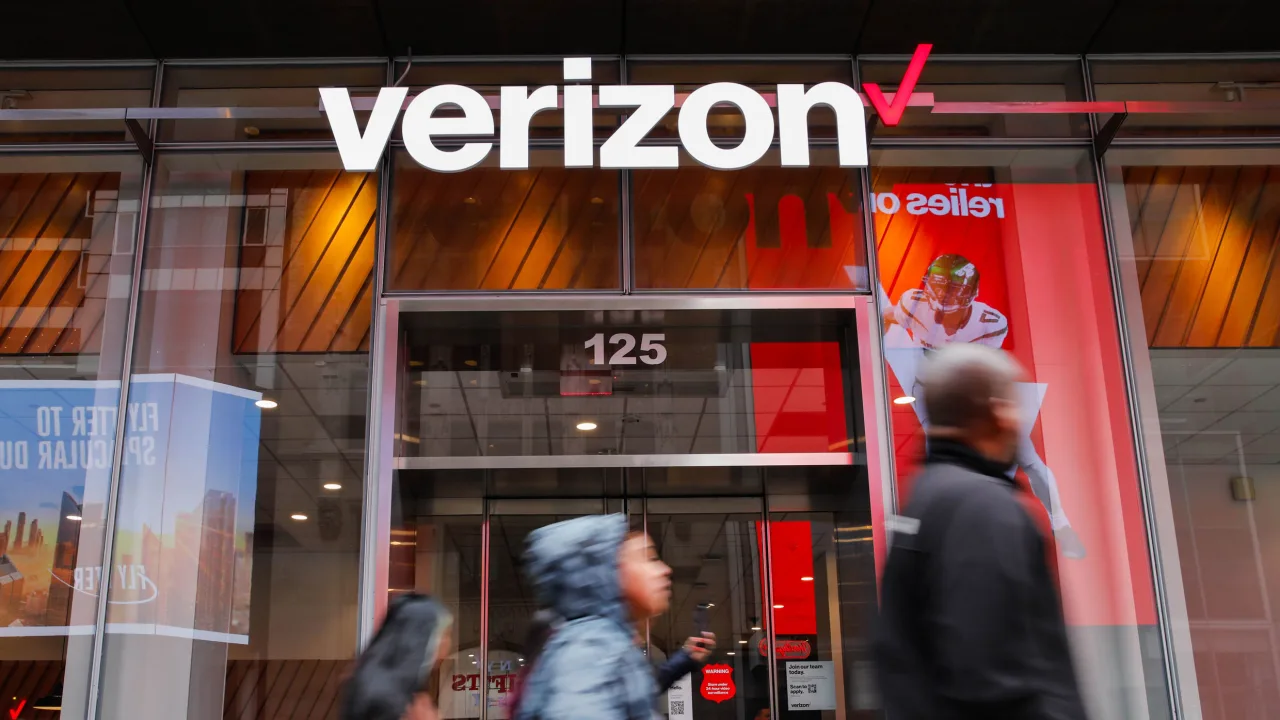

















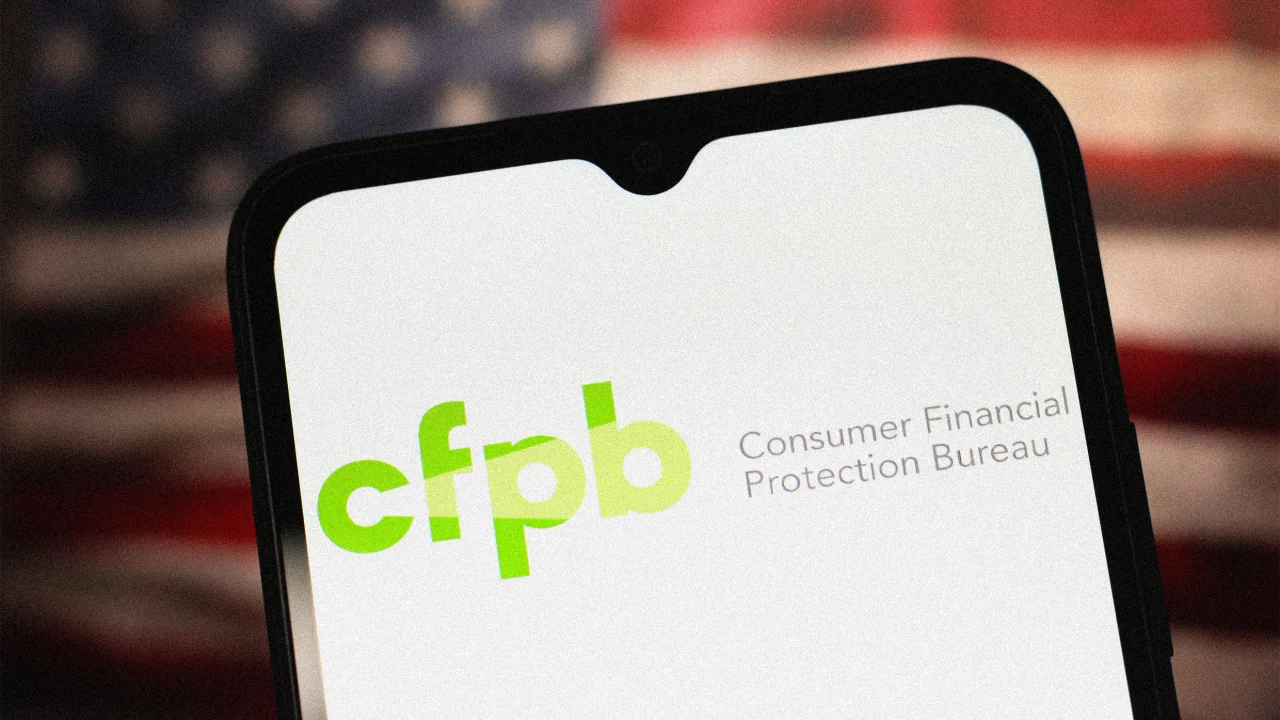




































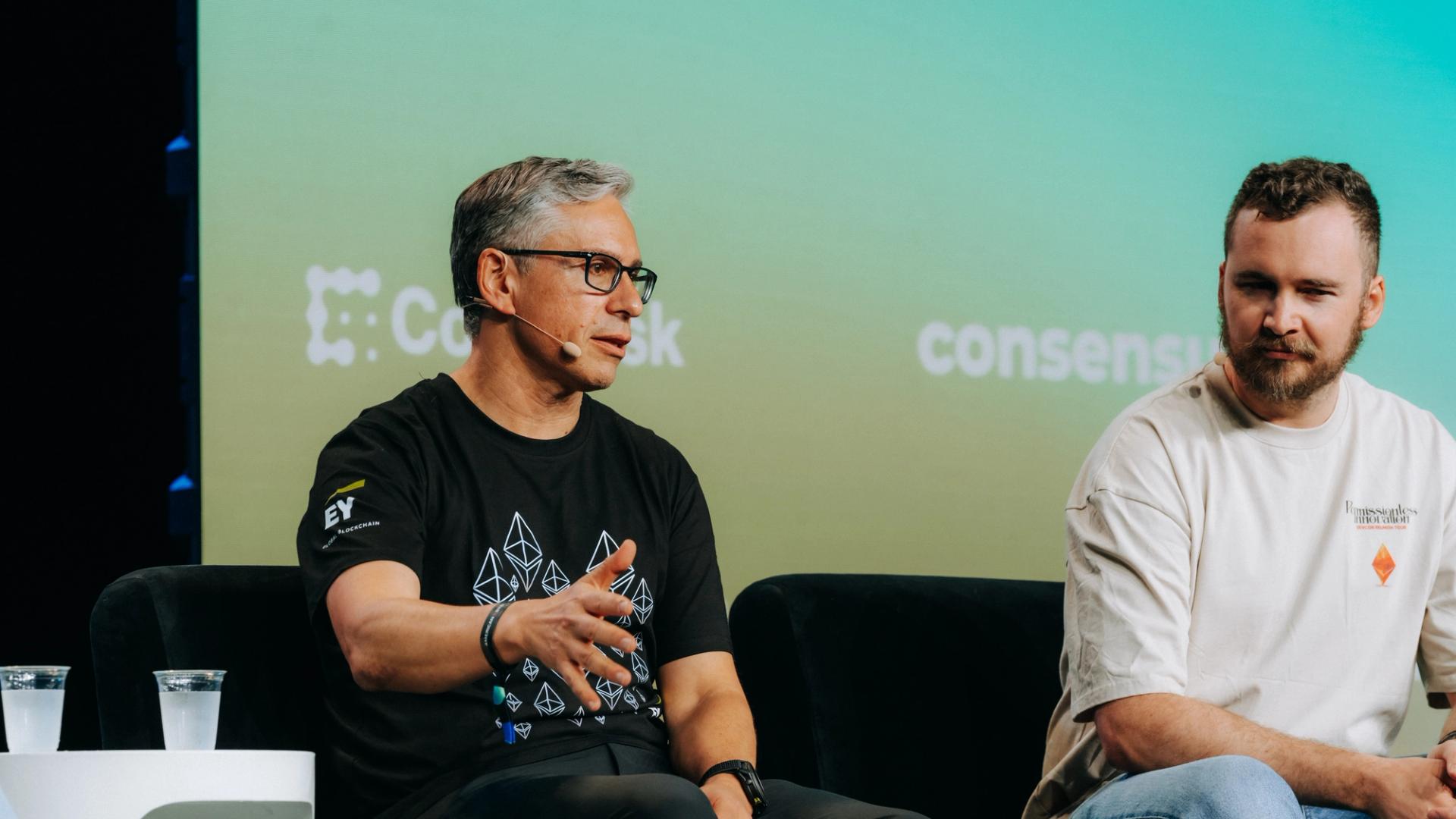







![Epic Games: Fortnite is offline for Apple devices worldwide after app store rejection [updated]](https://helios-i.mashable.com/imagery/articles/00T6DmFkLaAeJiMZlCJ7eUs/hero-image.fill.size_1200x675.v1747407583.jpg)











































.jpg)
















